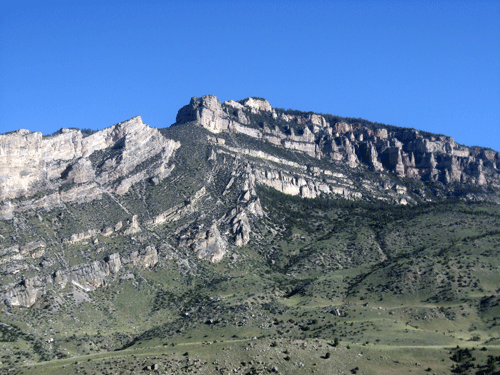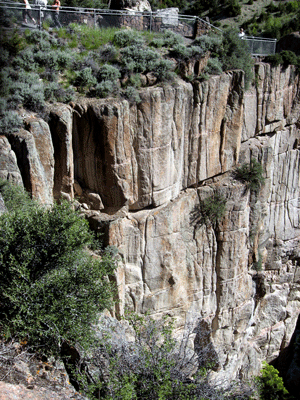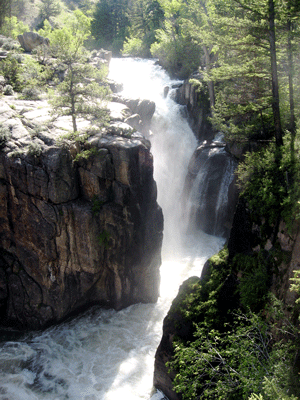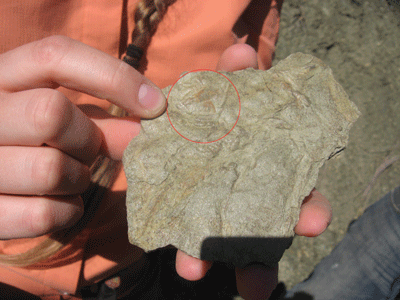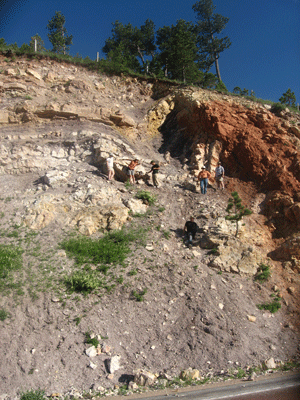6/24-6/25
After leaving base camp at the Iowa State Field Camp in Shell, we drove upstream through the canyon to take a look at Shell Falls. The folding in Shell Canyon triggered a discussion on how the structure of the Big Horns fits in the big picture of the formation of the Rockies.
Megan explained how her research in the Sierra Pampeanas in Argentina could be a modern analog of the Rockies in North America. Currently the Nazca plate is being subducted under South America creating the Sierra Pampeanas. Scientists are theorizing what will happen when the mid-ocean ridge in the Nazca becomes subducted. In North America it is thought that once the Farallon plate subducted the spreading ridge, tectonic motion changed and a strike-slip fault formed. Could this be the future of South America? Chris and Eric creatively model this theory in the following video.
[youtube]http://www.youtube.com/watch?v=zrF-CzXAGeo[/youtube]
Shell Falls, still in its’ geologic “youthful” phase, gave us a fantastic view of joints and trilobites.
Digging through Gros Ventre shale, I played paleontologist in search of my very own trilobite fossil. Karen made the find of the day, a trilobite mold!
Driving along Highway 14 back to Sheridan, we stopped at several outcrops viewing sheer surfaces in the five springs fault zone and folding in the Amsden Fm.
The fourth and final day on my structural tour of the Bighorns started out slow. After several hours of following dirt roads just to meet barred gates and private land, the crew settled for lunch overlooking the Piney Creek salient.
From there we parted ways: Eric and his grad students headed back to Laramie and Chris, Megan, Tyler, Will and I back to Sheridan for a couple days of “rest”
before the storm of seismic installations.
Overall the journey was a success. I was able to follow 2.9 billion years in the life of the Bighorns in only 4 days. What a trip!
